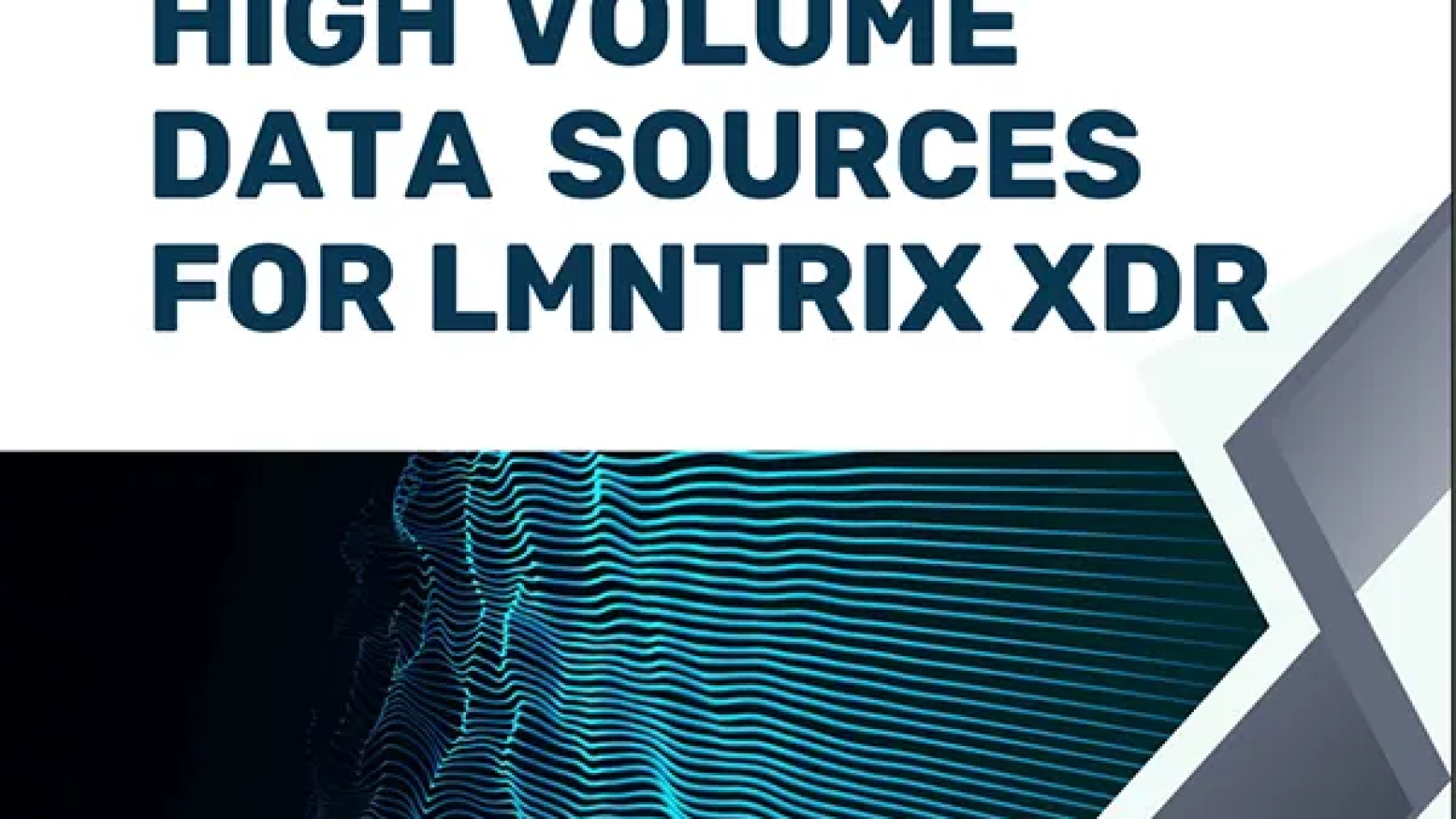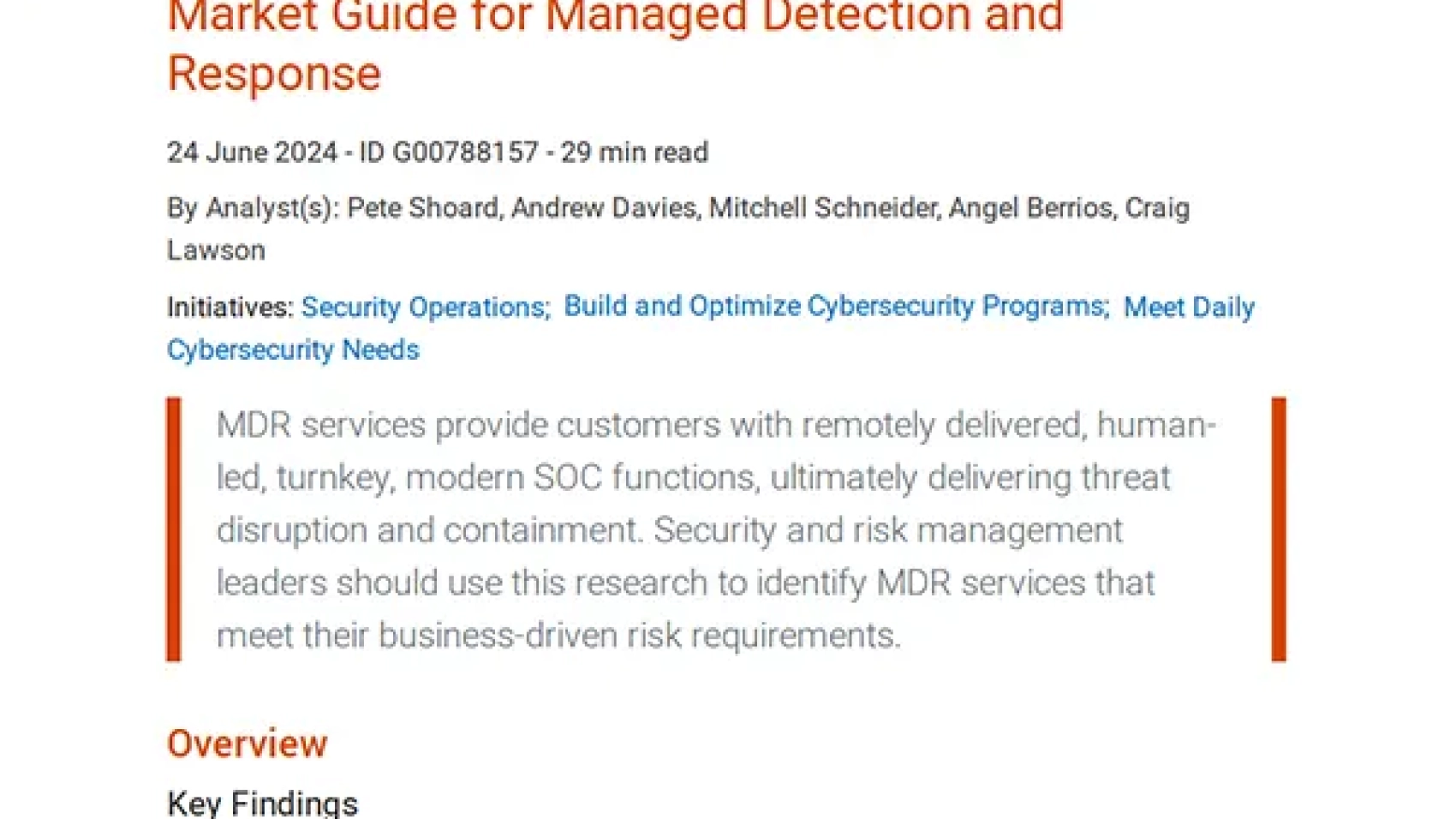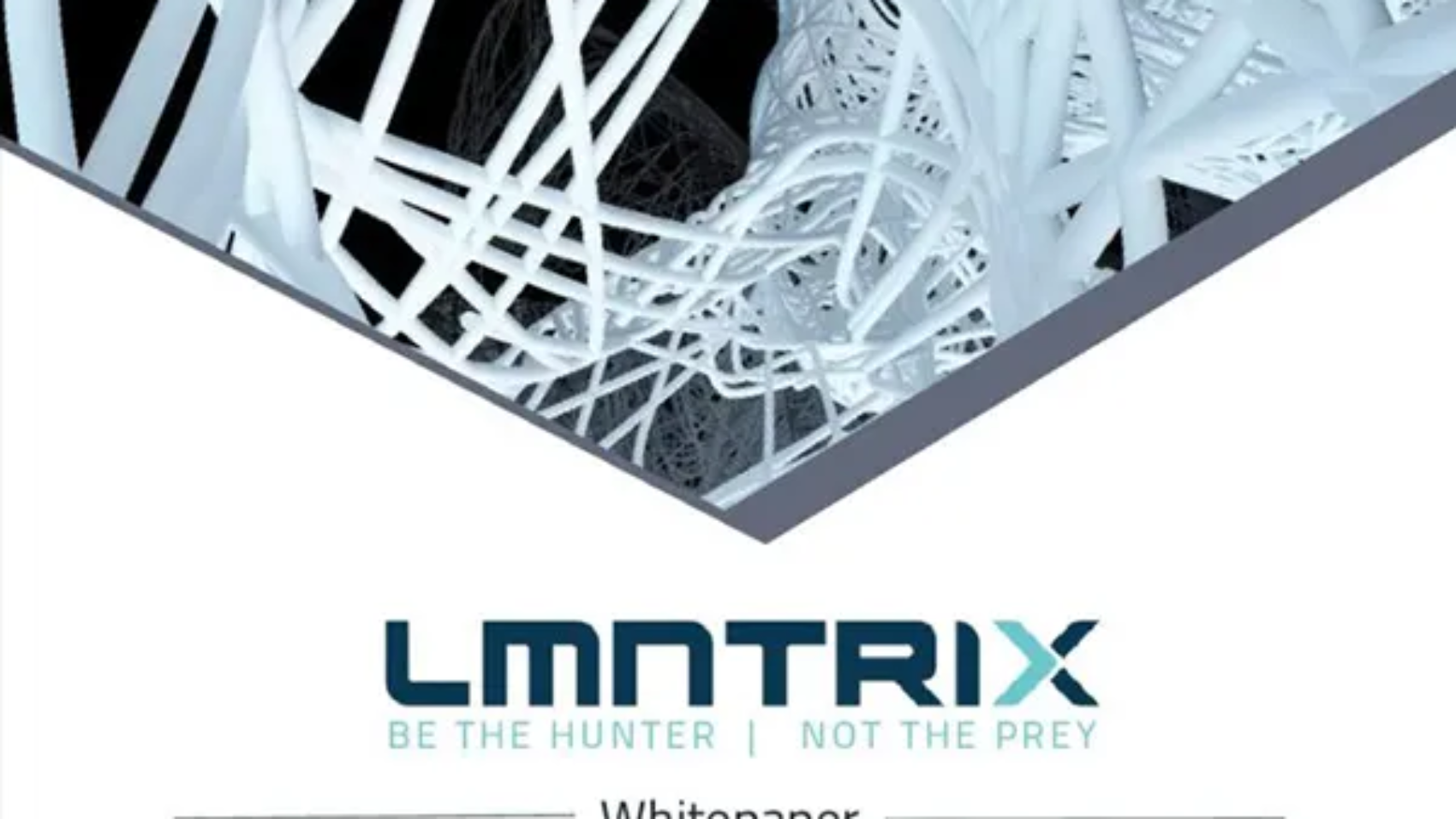The Death of the Perimeter: Defending the Modern Identity in Cyber Investigation and Resolution
Beyond Detection: How Agentic AI Is Transforming Cyber Investigation and Response Subheading
Beyond Detection: How Agentic AI Is Transforming Cyber Investigation and Response Subheading
2025-SIEM-Buyers-Guide
Download the 2025 SIEM Buyer’s Guide from LMNTRIX to compare platforms, features, and pricing. Make smarter security investment decisions.
Automated Attack Validation Buyer’s Guide
Explore the LMNTRIX 2024 Automated Attack Validation Buyer’s Guide to understand how AAV enhances threat readiness and response.
















 Stay Ahead with Human-Led, Outcome-Driven MDR
Stay Ahead with Human-Led, Outcome-Driven MDR What’s Inside:
What’s Inside: Download the Gartner MDR Market Guide to learn:
Download the Gartner MDR Market Guide to learn:


